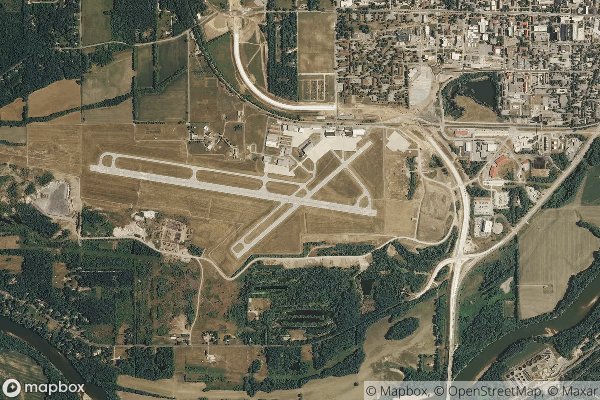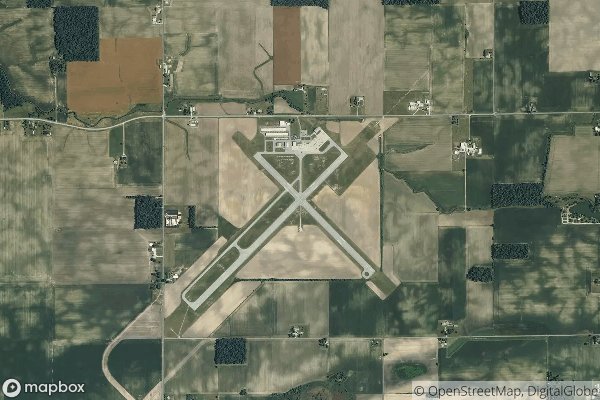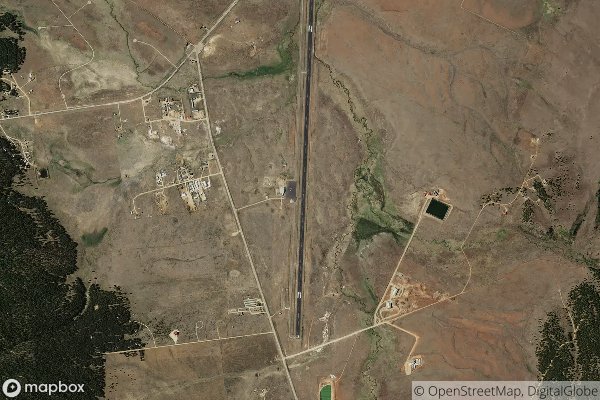| Code | ALM/KALM |
| Name | Alamogordo-White Sands Regional Airport |
| Location | Alamogordo, New Mexico |
| Distance from downtown | 4 miles |
| Major metropolitan area | None |
The airport code “ALM/KALM” refers to the Alamogordo-White Sands Regional Airport. It is located in Alamogordo, New Mexico, just 4 miles from downtown. The airport serves the local area and provides convenient access for travelers to and from Alamogordo.
- See here the complete List Of All Airports In United States with Codes.
Understanding ALM/KALM Airport Code
Airport codes play a crucial role in the aviation industry, serving as unique identifiers for airports around the world. These codes are used by airlines, air traffic control, and travel agencies to efficiently manage flight schedules, bookings, and logistics. One such airport code that may cause confusion is ALM/KALM.
Structure of Airport Codes
Airport codes are typically three-letter abbreviations created by the International Air Transport Association (IATA) and the International Civil Aviation Organization (ICAO). The first letter of the code often corresponds to the region or country where the airport is located. The second letter is usually the initial letter of the airport itself, while the third letter may be assigned randomly or based on the airport’s full name.
Decoding Airport Code
The ALM/KALM Airport Code represents Alamogordo-White Sands Regional Airport in New Mexico, USA. The IATA code ALM corresponds to Alamogordo, while the ICAO code is KALM. Understanding and decoding these airport codes is essential for airline operations, flight planning, and airport management.
Challenges and Confusions
One of the challenges with airport codes is that they are not always intuitive. The use of the letter K as a prefix for US airports can also contribute to confusion, as not all airports in the United States follow this convention. Additionally, similar-sounding airport codes or codes that closely resemble each other may lead to mistakes in flight bookings or scheduling.
Operational Significance
The role of ALM/KALM Airport Code in aviation operations is significant. This code is used in flight plans, air traffic control communications, and airport logistics. It allows for the accurate identification of the specific airport and helps ensure the safe and efficient movement of aircraft in the airspace.
History of Airport Codes
The history of airport codes dates back to the early days of commercial aviation. As air travel expanded globally, the need for standardized codes became apparent. The IATA and ICAO worked together to develop the current system of three-letter abbreviations, ensuring that each airport’s code was unique and easily recognizable.
In conclusion, airport codes like ALM/KALM play a crucial role in the aviation industry. Understanding the structure, challenges, and operational significance of these codes is essential for aviation professionals and travelers alike. By decoding airport codes accurately, we can ensure the smooth functioning of air travel and airport operations.




